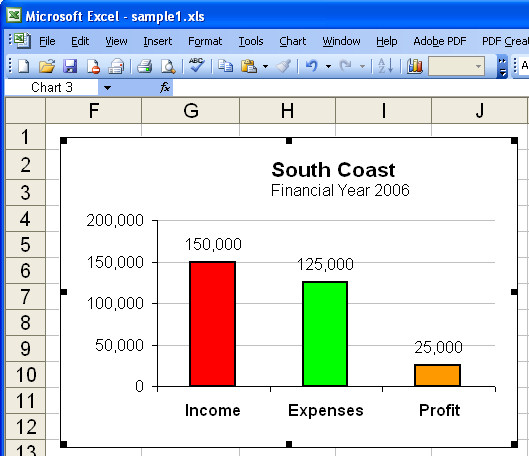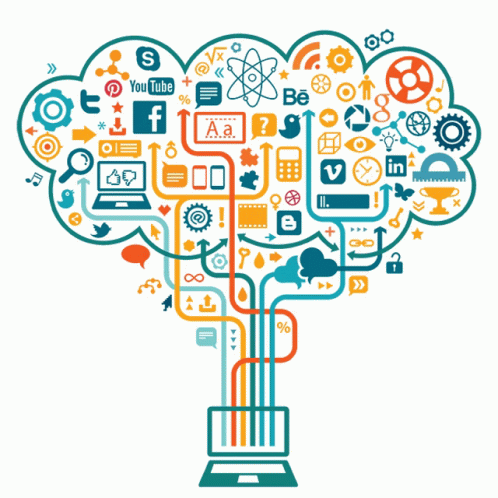What exactly does data labeling mean?
Is it really just labeling data, like it literally says? Well, it’s kind of a yes and no.

What is Data Labeling?
Essentially, data annotation is the process of labeling material content that can be identified through computer vision or natural language processing (NLP). When we label or annotate these types of data, they become easier to feed into algorithms or program to be interpreted by NLP.
Thanks to data annotation, artificial intelligence (AI) or machine learning models can interpret data in high-quality images and videos, as well as text. Data annotation enables machine learning projects such as self-driving cars to successfully take us to our destination.
The role of data annotation
Data labeling and artificial intelligence: what is it for? Due to the large volumes and types of data that AI can interpret, machine learning models can make mistakes when they encounter new information. Data labelers help artificial intelligence correctly label data through supervised machine learning. This is a process that allows labelers to train AI to correctly label data on various materials.
Also, whenever a machine learning algorithm or AI model makes a mistake in the interpretation of data, humans in this loop scenario can help us decide and correct the output.
Here are some of the most popular types of data labeling and why it can be a meaningful process for machine learning:
1. Semantic annotation : Semantic annotation, or text annotation, relates to the process by which data taggers train AI and machine learning to identify relevant aspects of user interactions with tools such as chatbots and virtual assistants. Thanks to metadata and keywords, NLP can leverage textual annotations to give accurate responses based on the user’s textual cues.
2. Speech Recognition : When data labeling text, it is just one way to help artificial intelligence and machines improve speech recognition. Through annotation, artificial intelligence can better understand the communication and speaking process between people, especially when they use their native language. In terms of practical use, artificial intelligence can use text annotation to fully understand what the user is saying and provide a meaningful response. Sometimes text annotation also leverages metadata to help identify keywords more accurately and thus provide more useful answers.
3. Image annotation : Image annotation is probably the most important aspect in data annotation. Artificial intelligence and machine learning can use various recognition processes to label images and give them specific meaning. These special processes utilize special techniques to create unique data sets for training AI. These include 3D point annotation, polygon annotation, landmark annotation, semantic segmentation, and bounding boxes to separate elements in an image. Users often need to use bounding boxes to label and identify different objects in visual media, in this case images.
4. Video annotation : Different from text annotation, video annotation makes full use of video to explain what happens between multiple moving objects. With video annotation, objects can be analyzed frame by frame. Self-driving cars, such as self-driving cars, can use training data annotated with videos to help identify and avoid obstacles.

